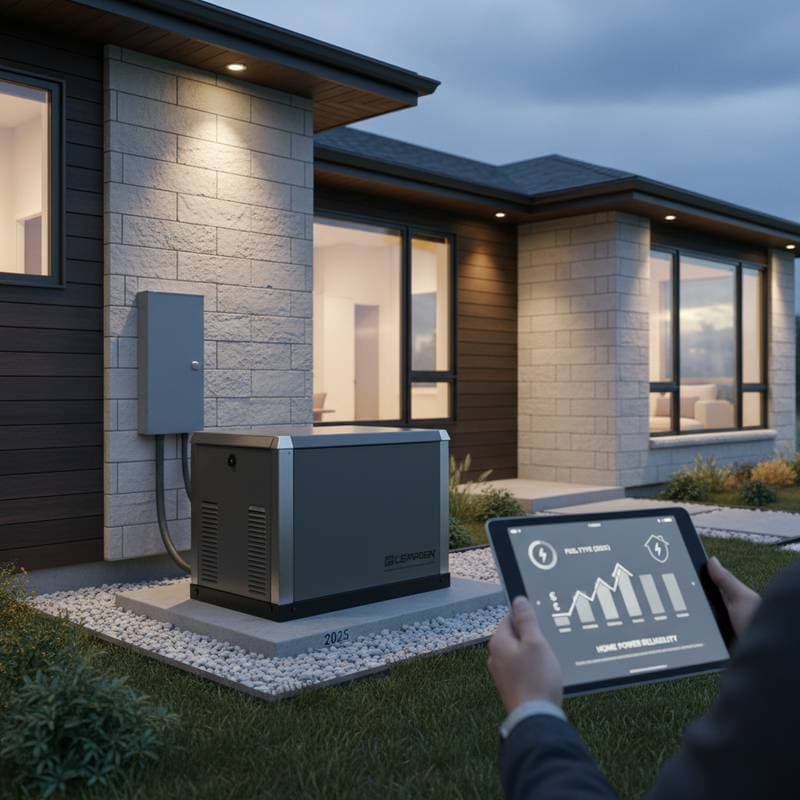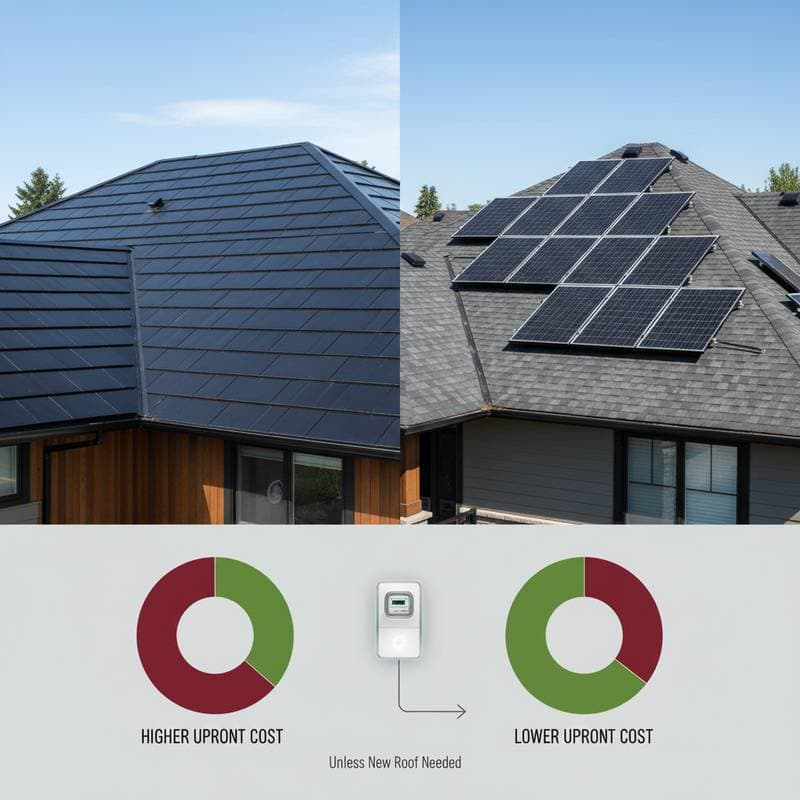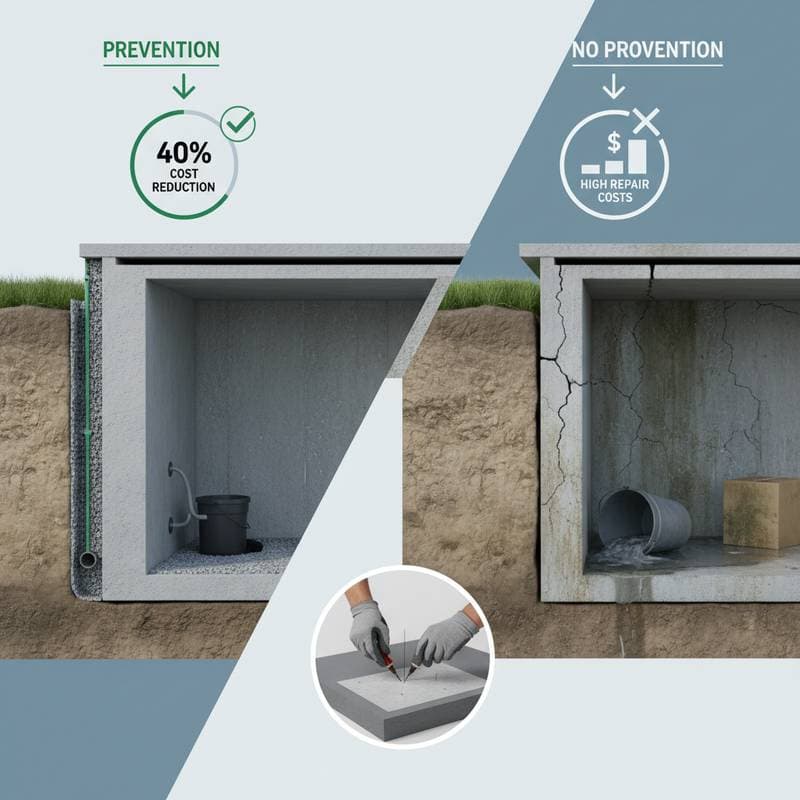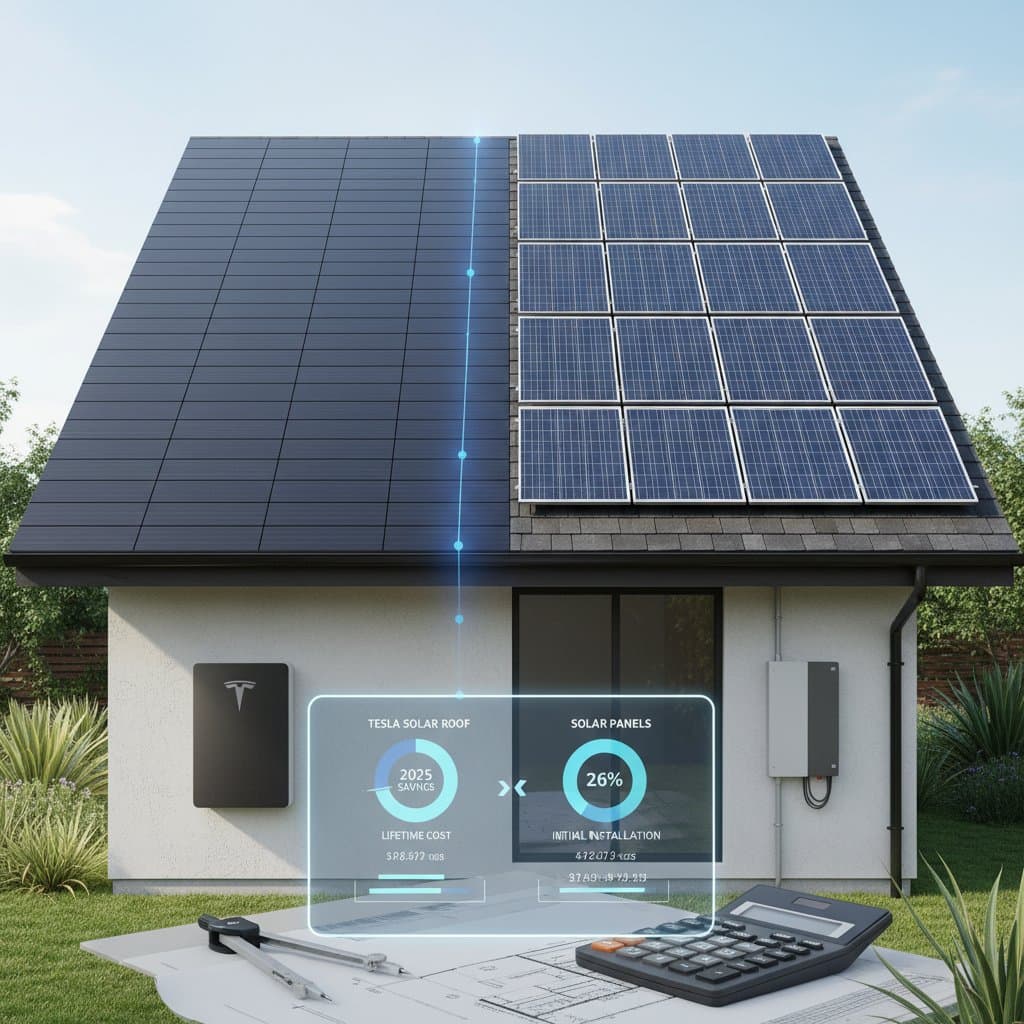Whole Home Power: 2025 Costs and Sizing Guide
A whole home generator ensures that lights, refrigerators, and heating or cooling systems continue to operate during grid outages. Homeowners increasingly consider full-house backup power solutions, with costs and sizing factors now more straightforward to evaluate. The ideal system aligns with a home's power requirements, available fuel sources, and desired automation level.
This guide details the process of sizing a generator, outlines typical expenses, and covers installation and maintenance planning. It includes expert recommendations and insights from homeowners who selected various configurations for dependable performance and comfort.
How to Size a Generator for Your Home
Proper sizing represents the critical initial phase in generator selection. An undersized unit risks tripping or shutting down under load, whereas an oversized one leads to unnecessary fuel consumption and elevated installation expenses.
Follow these steps to determine the appropriate capacity:
- Identify essential loads. Prioritize appliances like the refrigerator, furnace, sump pump, and basic lighting.
- Incorporate comfort loads. Factor in air conditioning units, electric ranges, or well pumps for comprehensive coverage.
- Review wattage specifications. Consult running and starting wattage figures from appliance labels or instruction manuals.
- Calculate totals. Sum the running watts for all items, then include the peak starting wattage for the largest motor.
- Choose a generator with 10 to 20 percent additional capacity. This margin avoids overloads and accommodates potential expansions.
For instance, a 2,000 square foot residence with typical appliances typically requires a generator rated at 18 to 22 kilowatts. Homes with multiple heating, ventilation, and air conditioning systems or extensive electrical demands may necessitate 25 to 40 kilowatts.
Suggested chart: Bar graph comparing home size versus recommended generator capacity, with alt text: “Generator size chart showing kilowatts by square footage.”
Factors Influencing Total Price
Multiple elements determine the overall investment in a whole home generator:
- Fuel type: Natural gas offers seamless integration where utility lines exist; propane requires a storage tank yet provides long-term reliability; diesel proves effective in isolated locations with its robust output.
- Automatic transfer switch: Units with higher amperage ratings command premium prices but facilitate uninterrupted power shifts.
- Local regulations and permits: Certain jurisdictions mandate certified electricians and inspections, which contribute to additional charges.
- Proximity to fuel supply: Extended piping for natural gas or propane lines elevates labor costs.
- Noise levels and enclosure design: Enclosures that dampen sound and resist weather elements incur modest surcharges but enhance usability and lifespan.
One Midwest homeowner reported on an online forum that their 20 kilowatt natural gas installation matched the expense of a standard heating, ventilation, and air conditioning upgrade, while averting significant food spoilage amid prolonged blackouts. A coastal resident noted that their propane setup maintained humidity regulation effectively across multiple storm events.
Maintenance and Longevity
Reliable operation demands consistent upkeep for generators. Schedule brief weekly test runs to lubricate internal components. Replace air filters, oil filters, and spark plugs at intervals recommended by the manufacturer. Professionals should inspect fuel lines and batteries annually.
Maintain a debris-free zone surrounding the unit, free from leaves, snow, or vegetation. Renew weatherproof gaskets as wear appears. Quality generators, when maintained diligently, deliver over a decade of service with minimal interruptions.
Suggested image: Technician examining a generator control panel, with alt text: “Service inspection for standby generator.”
Choosing the Right Installer
Engage a certified electrician or authorized specialist experienced in standby generator systems. Request client references, confirm liability insurance, and obtain a detailed quote separating materials from labor. Dependable installers typically manage permitting and coordinate with utility providers.
Prior to commitment, examine warranty provisions and available service agreements. Certain manufacturers provide remote diagnostic tools that notify owners of required upkeep or operational issues.
Making It Happen
Assessing power needs marks the starting point for securing whole home backup. Solicit quotes from at least two or three regional specialists. Evaluate proposals based on total cost, fuel procurement arrangements, warranty coverage, and ongoing assistance.
Homeowners who select appropriately sized generators and oversee quality installations report enhanced security. Their residences remain habitable, with consistent temperatures and essential functions intact, regardless of external disruptions. Through precise sizing, expert installation, and routine care, such systems foster enduring tranquility.





